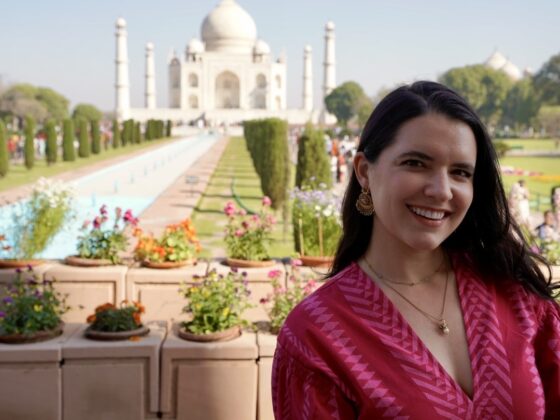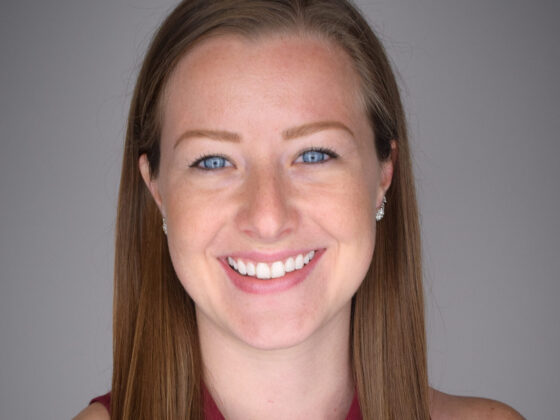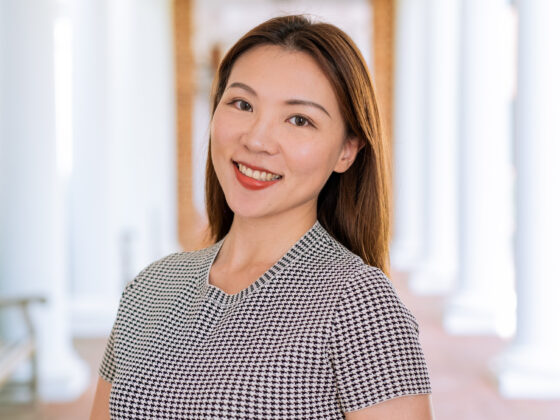1 May 2025
Business, Reflection and Reimagined Purpose: Sarah Abogabir (EMBA ‘26) on Her Global Residency in IndiaSarah Abogabir, a member of the Darden EMBA Class of 2026, recently, shared reflections from her Global Residency course in India, where she explored firsthand the intersection of culture, business…
Executive MBA, Global Executive MBA, South Asia, Southeast Asia & Australia, Student Perspective





